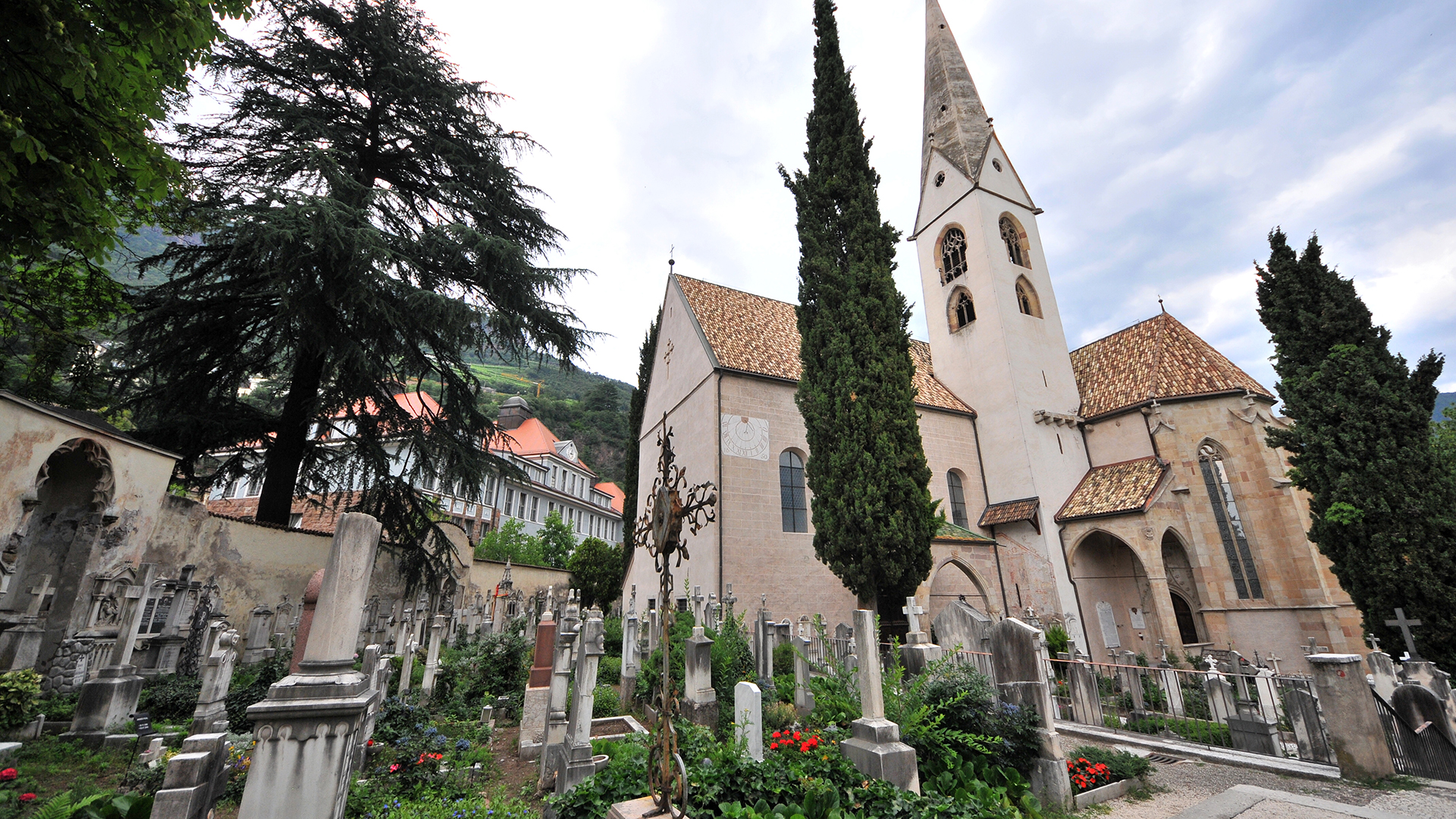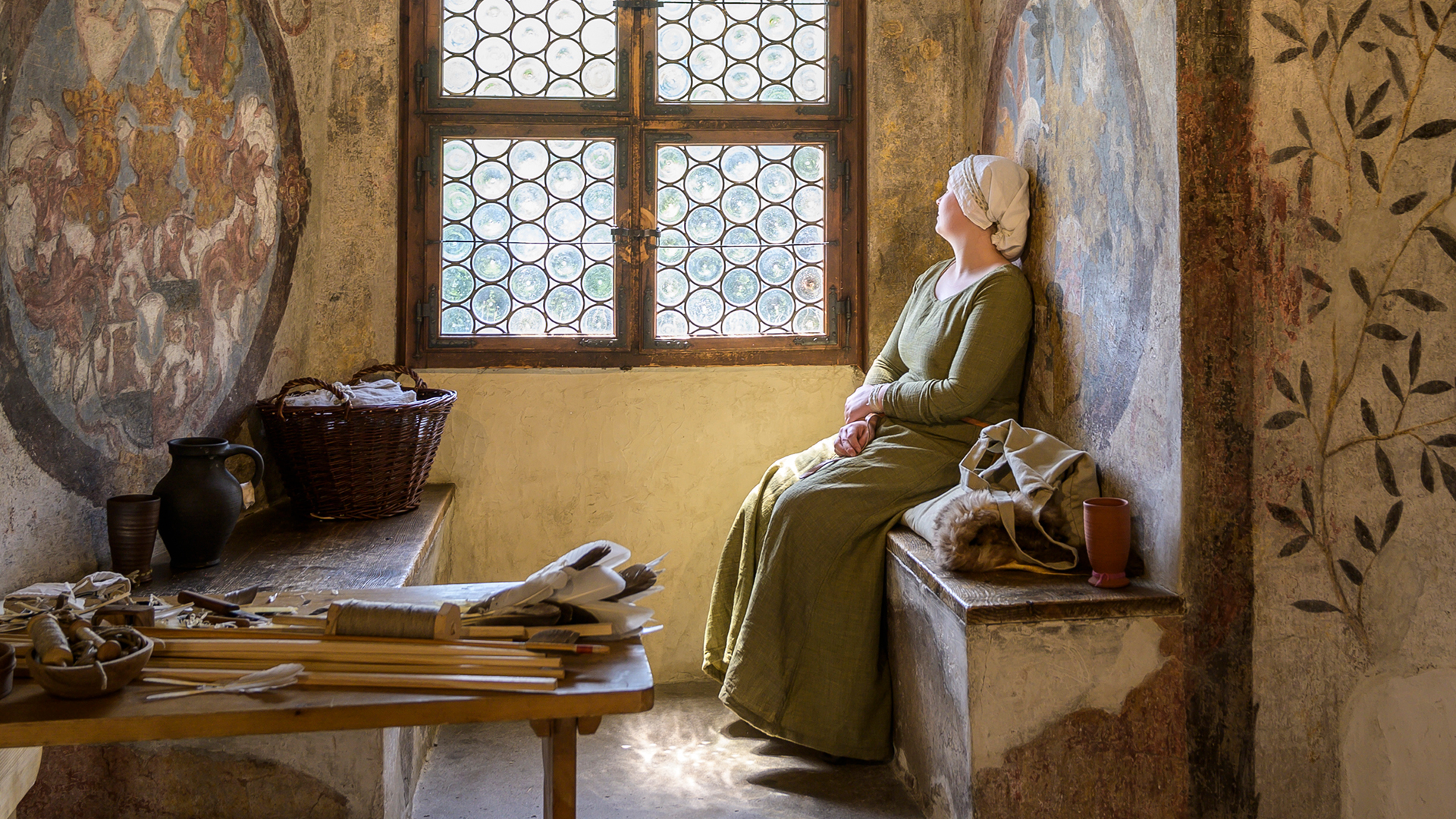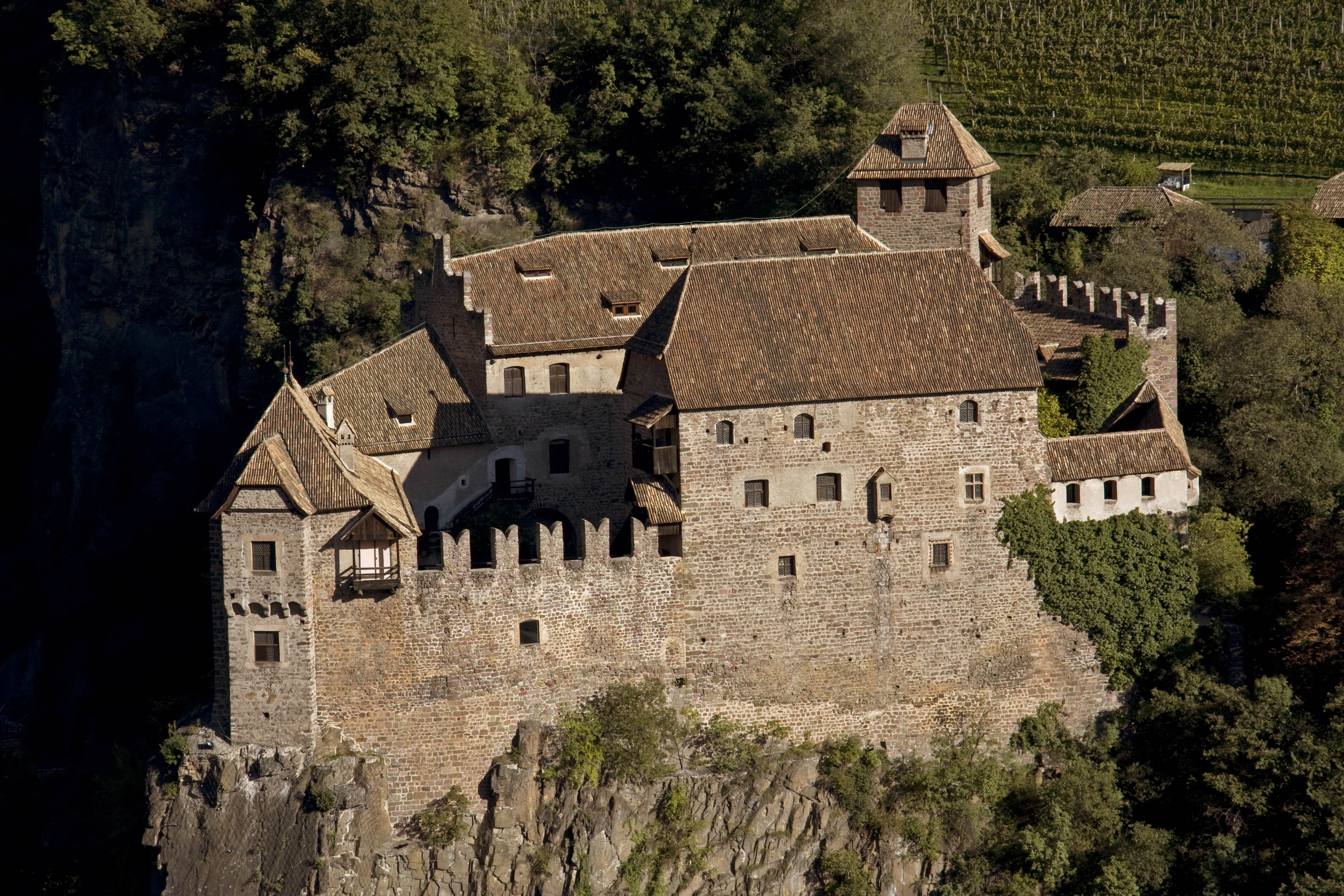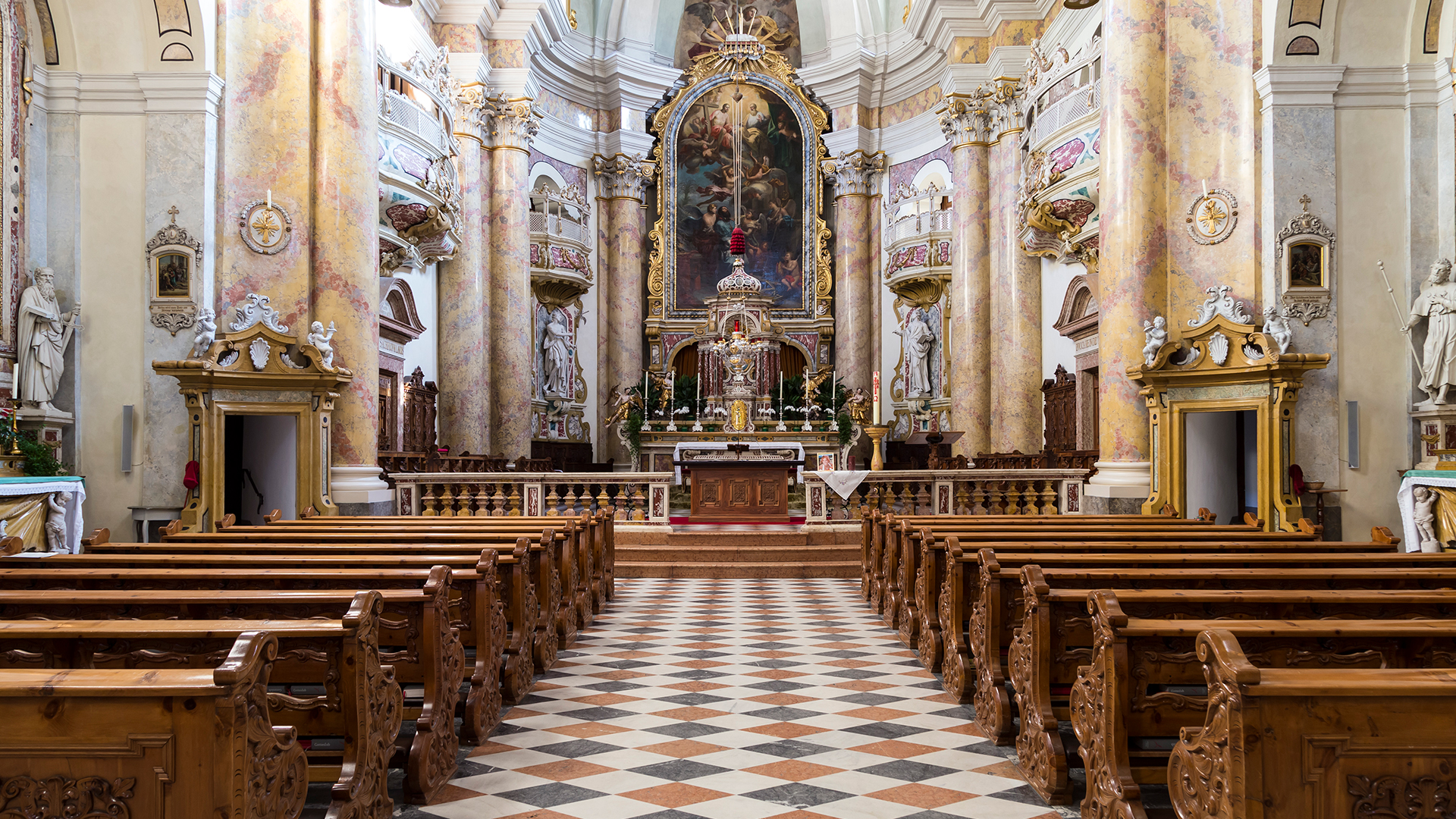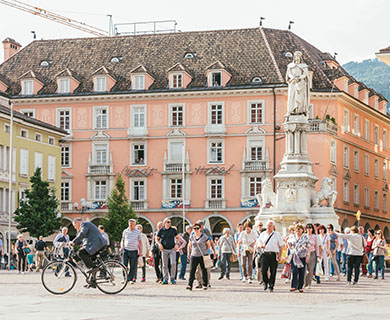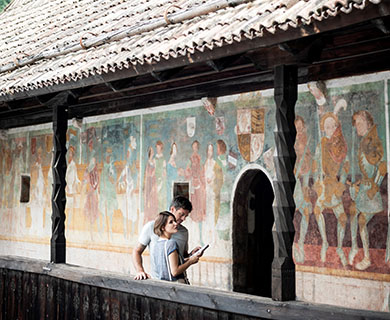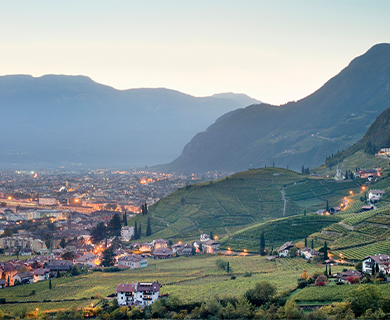History and Culture
Over the years, Bolzano's history, culture, and traditions have shaped the city's character: lively, multilingual, and ever-evolving.
Bolzano was likely founded as a Roman military station in 15 B.C. under the name "Pons Drusi." In the following centuries, it was invaded by the Visigoths, Ostrogoths, Huns, Lombards, Saracens, Normans, and Hungarians, before falling under the control of the Counts of Tyrol in the 13th century.
Via dei Portici, built in the 12th century, was the first street in Bolzano and remains today the heart of the commercial city. Outside the city walls stood the early Christian church, which later became the city's cathedral.
In 1363, the county was handed to the Habsburgs, who ruled until 1806, when Tyrol became part of the Kingdom of Bavaria, allied with Napoleonic France. In 1814, Tyrol was returned to Austria, and in 1919, the southern part of Tyrol (South Tyrol) was annexed by Italy under the Treaty of Saint Germain.
Fascist Italianization led to a new urban plan in 1935, radically changing Bolzano's appearance. The city expanded southward into the new "Semirurali" districts and the industrial area, where vineyards and orchards once stood.
In the 1960s, Bolzano transformed from a predominantly commercial city into a booming tourist destination, a trend that has continued to this day.



